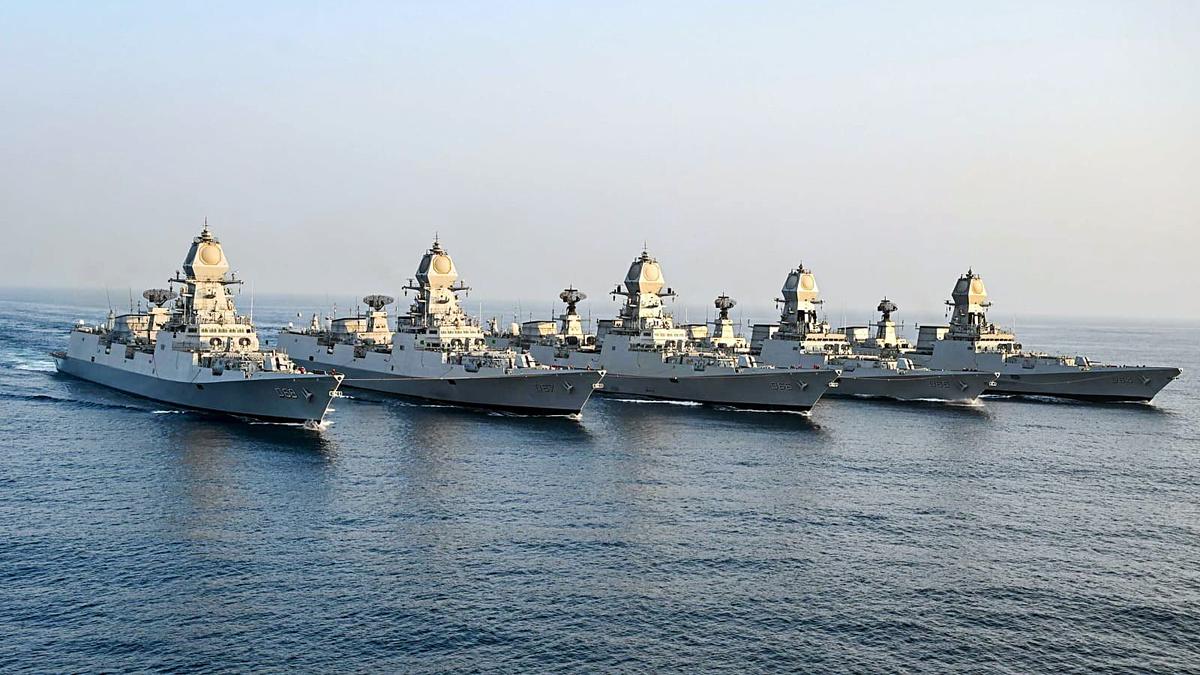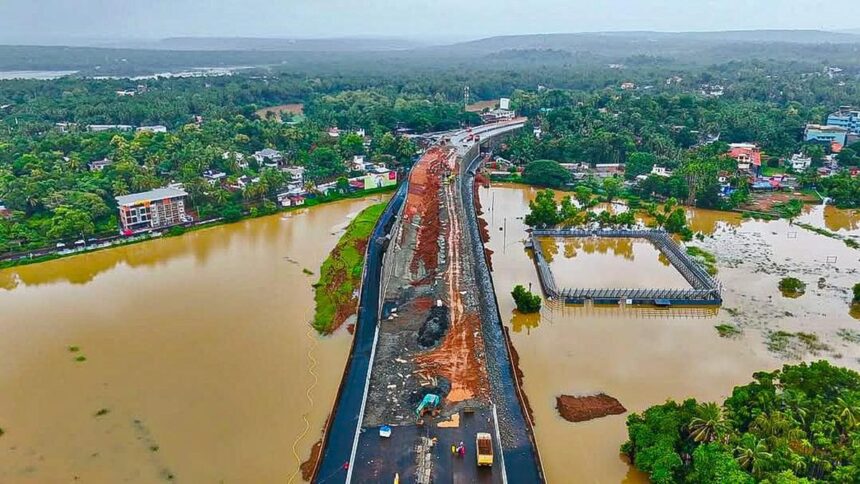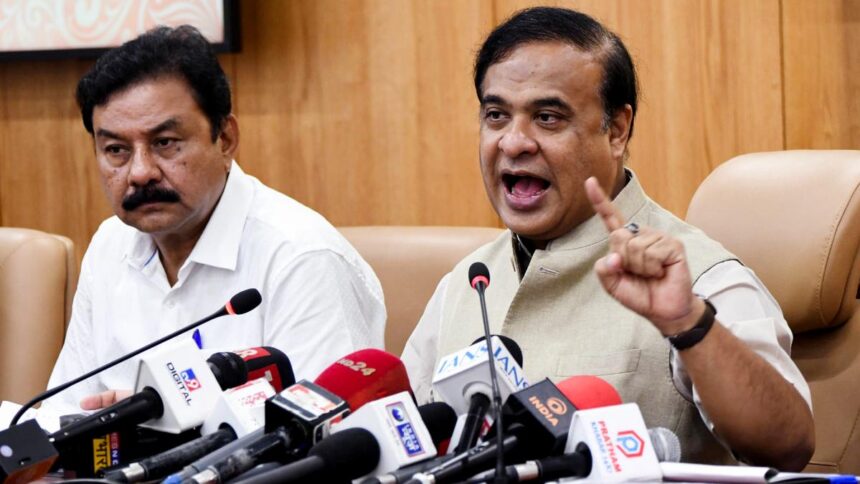The Parliamentary Panel on External Affairs has expressed “concern” over the “escalating Chinese presence and its increasing influence” in the Indian Ocean Region (IOR), saying the development poses “substantial risks” to India’s national security and broader strategic interests.
Of “equal concern” is the “strengthening of the China-Pakistan naval nexus”, which not only facilitates joint military exercises, but also “advances Pakistan’s naval modernisation”, the committee said in its report on “Evaluation of India’s Indian Ocean Strategy” that was presented in Parliament on Monday (August 12, 2025).

The committee said it believes that “these developments must be addressed with urgency, as they have the potential to shift the balance of power in the region, challenging India’s strategic autonomy and undermining its influence over key maritime chokepoints”.
The Ministry of External Affairs (MEA) has broadly identified three challenges in the IOR— geopolitical, maritime security threats and infrastructure and connectivity gaps.
The committee enquired about the “strategic challenges” faced by India in the IOR.
“In a written reply, the Ministry stated that strategic challenges for India in the IOR include threats to maritime traffic, piracy, terrorism, concerns about freedom of navigation and overflights, and concerns about safeguarding sovereignty and independence,” the report said.
Another challenge is the “growing presence of extra-regional players” in the region, especially “China gaining a foothold” in the IOR, it added.
“China has been undertaking several infrastructure projects focusing on ports, airports and the logistics sector for dual-use purposes, in addition to deploying research and survey vessels in the region to augment maritime domain awareness and collect sensitive oceanography and marine data of the region,” the panel said in the report.
It expressed “concern regarding the escalating Chinese presence and its increasing influence in the Indian Ocean Region, a development which poses substantial risks to India’s national security and broader strategic interests”.
The committee further said it recognises that China’s enhanced naval capabilities, exemplified by the “growing size of its fleet, including over 15 units commissioned annually, have now surpassed the United States Navy, making it the world’s largest naval force”.
The induction of advanced warships, including “multiple Carrier Battle Groups and an additional aircraft carrier”, along with the regular deployment of Chinese submarines and naval vessels, demonstrates a “clear and growing strategic interest by China in consolidating its position in the IOR”, the panel said.
“The strategic positioning of Chinese military and commercial infrastructure across key maritime chokepoints, particularly under the Belt and Road Initiative (BRI) and the ‘String of Pearls’ strategy, is gradually reconfiguring the region’s geopolitical dynamics in favour of Chinese interests,” it said.
The committee said, “Equal concern is the strengthening of the China-Pakistan naval nexus, which not only facilitates joint military exercises, but also advances Pakistan’s naval modernisation”.
“This cooperation complicates the security situation further, particularly in the context of the increasing Chinese influence over Pakistan’s naval assets, which could destabilise the balance of power in the region,” it flagged.
In the considered view of the committee, “India must remain proactive in countering the combined naval threat from China and Pakistan by bolstering its own deterrence capabilities and conducting joint exercises with partner countries to maintain strategic balance.” The panel urged the government to enhance maritime domain awareness (MDA) through further integration of advanced technologies, such as satellite-based surveillance systems and artificial intelligence, to “monitor Chinese activities more effectively”.
This should be complemented by a “significant upgradation” in naval capabilities, including the induction of “advanced anti-submarine warfare (ASW) vessels, surveillance aircraft, and nuclear-powered submarines, ensuring India’s readiness to respond to any emerging threat”, the panel underlined in its report.
India should also “deepen its strategic alliances” with regional powers and global partners to strengthen deterrence, it said.
“Building closer ties with IOR littoral states through defence cooperation, capacity-building initiatives, and joint maritime operations will be crucial in countering Chinese influence,” the panel said.
The Defence Ministry has told it that two Chinese Carrier Battle Groups are operational and a third and much more potent Aircraft Carrier Fujian is at “an advanced stage of pre-commissioning trial”.
In 2024, People’s Liberation Army (Navy) ships have made “22 port calls in IOR countries” and undertaken military exercises with IOR littorals.
“Pakistan Navy is also undergoing a major capability development programme with the induction of four Type 054 A/P frigates from China, four MILGEM Class Corvettes from Turkiye, and eight Hangor (Yuan Class Air Independent Propulsion Capable submarines from China, state-of-the-art aircraft and unmanned assets, among others,” the report says.
It said that from a maritime security standpoint, “India regards the BRI and the String of Pearls strategy as attempts to reshape the strategic geography by diluting India’s maritime influence in the IOR and altering it in China’s favour”.
Published – August 12, 2025 08:27 am IST





















